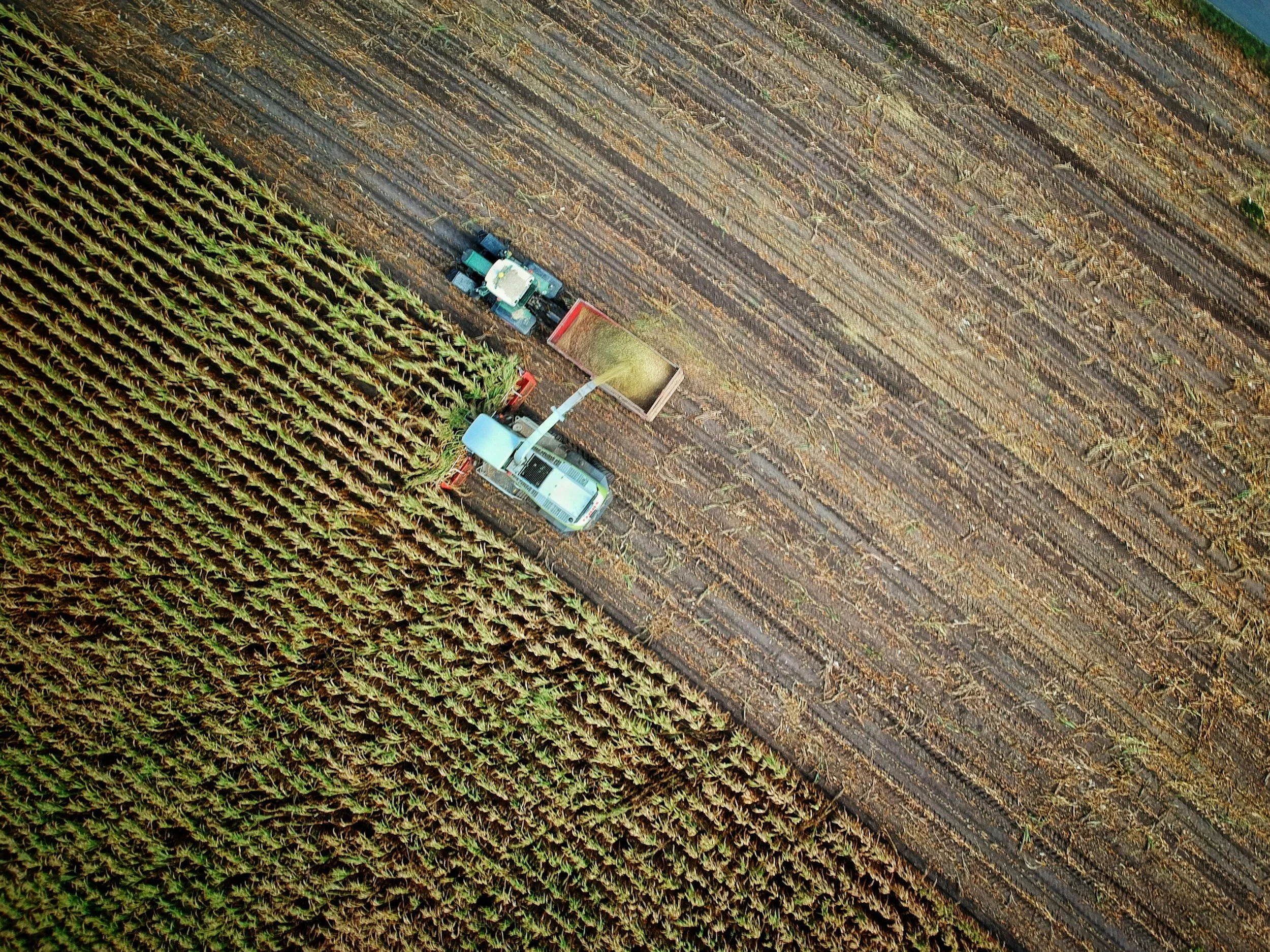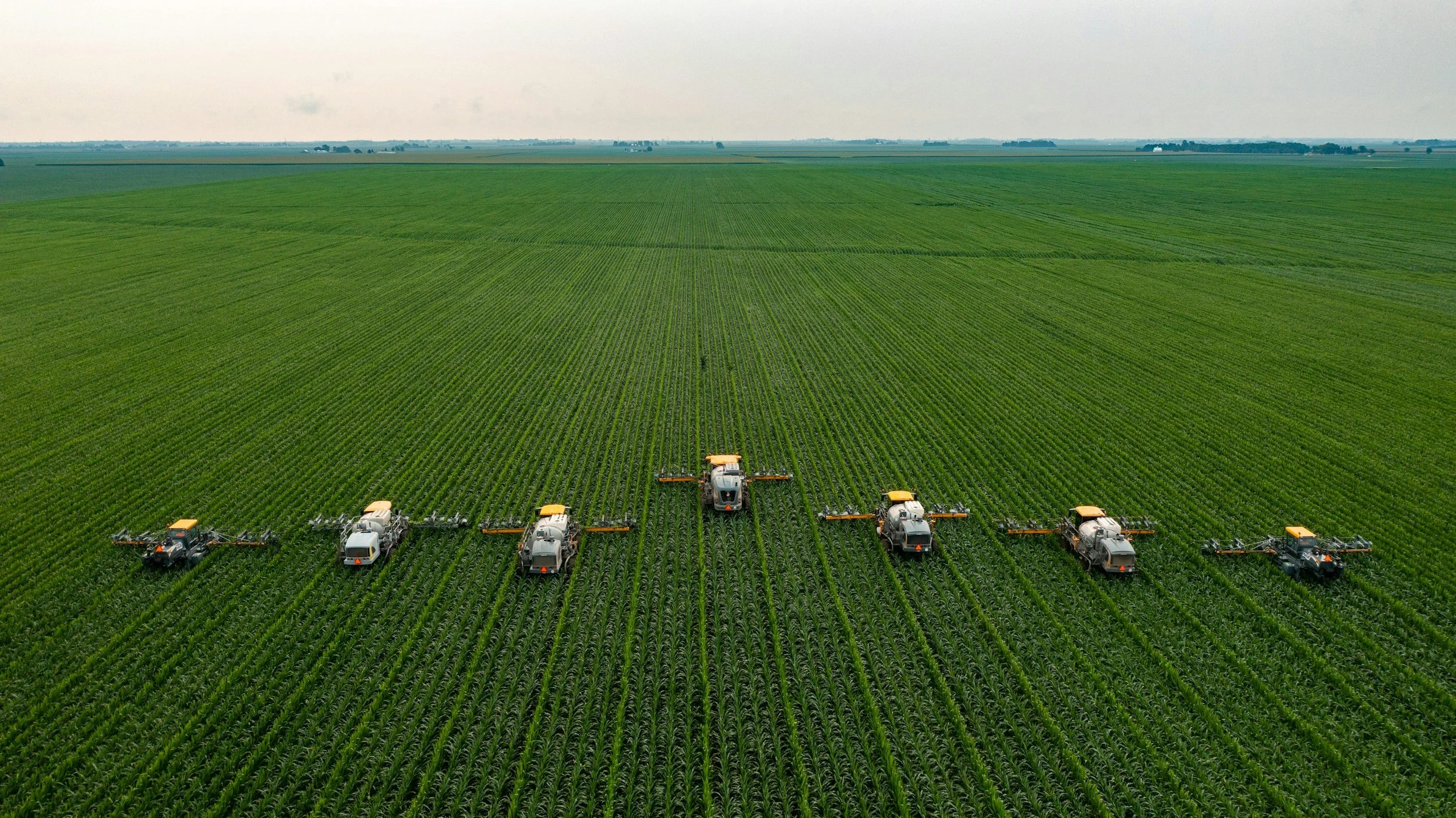Is CBD Organic and Eco-Friendly?
/guest post by Crystal Willson
(photos from Pixabay)
Climate change due to global warming is becoming a concern around the world. Due to this, the health of our planet is depleting. Statistics suggest that one of the “biggest sources of global emissions is agriculture.” This also includes the production of cannabis.
One of the most popular varieties of cannabis is hemp, which contains a high amount of a compound called cannabinoids (CBD). It is famous for its medicinal properties. Due to this, the production of hemp has increased over the years.
Read More


















































